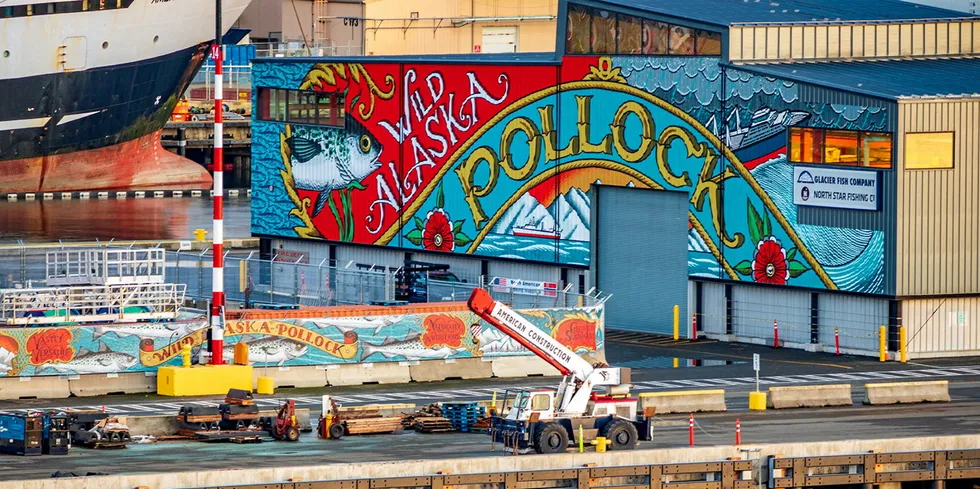After aggressive four-year push, 'wild Alaska pollock' closing the gap with tilapia in US consumer minds
For the past four years, market research firm Ketchum has been analyzing how American consumers perceive wild Alaska pollock.

For the past four years, market research firm Ketchum has been analyzing how American consumers perceive wild Alaska pollock.
